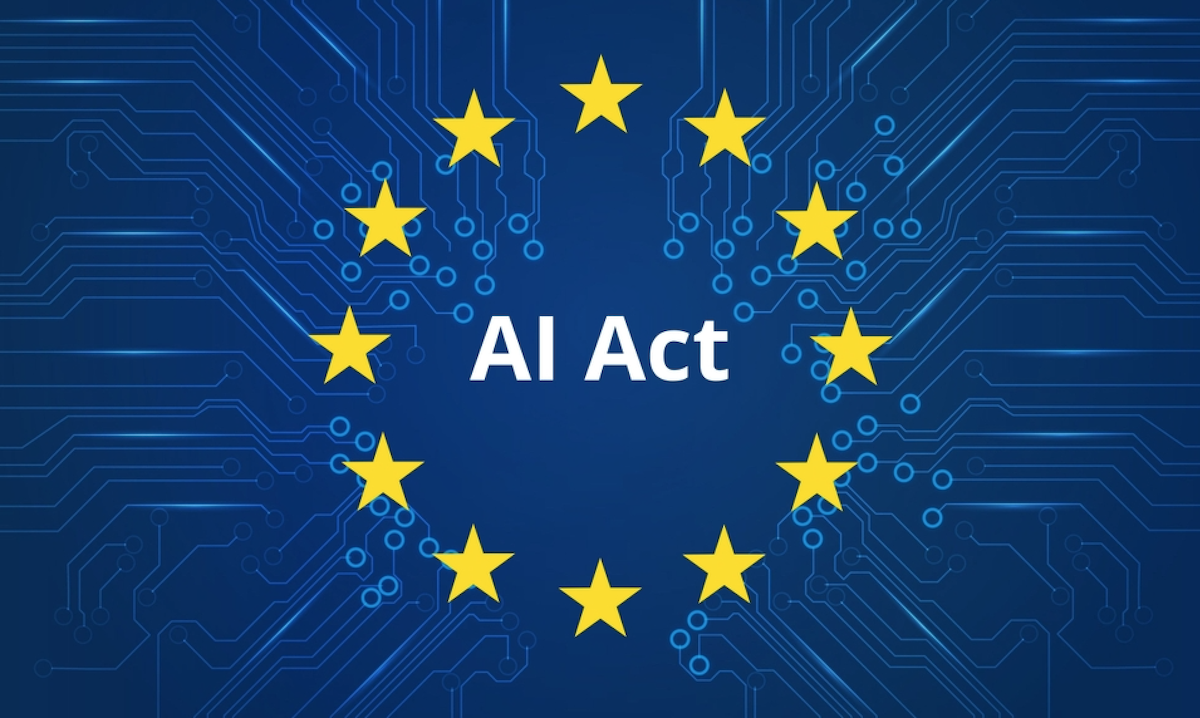EU Enacts Groundbreaking Artificial Intelligence Legislation
The European Union has officially adopted the Artificial Intelligence Act, becoming the first jurisdiction in the world to implement a comprehensive legal framework that governs the development, deployment, and oversight of artificial intelligence. This landmark legislation not only aims to ensure AI is developed responsibly and ethically, but it also introduces a new paradigm of antitrust enforcement, placing competition concerns at the forefront of AI governance.
The AI Act is seen as a pivotal move by EU lawmakers, signaling their commitment to both technological innovation and consumer protection. By setting strict compliance rules and risk classifications, the Act seeks to ensure that AI systems are transparent, traceable, and do not undermine fundamental rights.
Global Implications of Europe’s AI Governance
Although the law is specific to the European Union, its influence is expected to be felt globally. Much like the General Data Protection Regulation (GDPR), the AI Act is likely to set a precedent for how countries around the world approach artificial intelligence governance. Companies wishing to operate in the EU will be required to comply with the regulation, effectively exporting EU standards worldwide.
Legal experts suggest that the Act’s extraterritorial reach will compel global tech giants to adjust their AI models and services to meet EU criteria. This could lead to a de facto global standard, especially as firms seek to streamline operations across international markets.
Antitrust Enforcement and Market Competition
One of the most groundbreaking aspects of the AI Act is its integration of antitrust principles into AI regulation. The legislation acknowledges the significant market power certain tech companies hold and introduces provisions to prevent the monopolization of AI technologies. This could be a turning point in how competition laws intersect with digital innovation.
By scrutinizing how dominant firms use AI to entrench their market positions, regulators can now take action against practices that stifle competition. The Act requires transparency in algorithmic decision-making and mandates audits to ensure fairness and accountability. These measures are particularly relevant for platforms that use AI in content moderation, advertising, and recommendation systems.
Risk-Based Classification of AI Systems
Central to the AI Act is its risk-based categorization of AI applications. Systems are classified into four levels of risk: unacceptable, high, limited, and minimal. AI applications deemed to pose unacceptable risks—such as social scoring by governments—are banned outright.
High-risk systems, including those used in critical infrastructure, law enforcement, and education, must meet stringent requirements before deployment. These include rigorous documentation, human oversight, and mechanisms to ensure accuracy and reliability. Limited- and minimal-risk applications are subject to lighter regulations, with transparency obligations for users interacting with AI-based systems like chatbots.
Implications for Innovation and Compliance
While the AI Act seeks to promote ethical AI, it also places a significant compliance burden on companies. Organizations developing high-risk systems must invest in conformity assessments, data governance protocols, and post-market monitoring. This could increase costs, particularly for startups and small businesses.
However, EU officials argue that the Act provides legal certainty, which could foster innovation in the long term. By establishing clear rules, the legislation reduces regulatory ambiguity and encourages responsible AI development. The EU has also proposed support mechanisms, including regulatory sandboxes and funding programs, to help companies meet the new standards.
International Reactions and Future Developments
Global reactions to the EU’s AI Act have been mixed. Supporters applaud the EU for taking a leadership role in AI ethics and governance, while critics warn that overly strict rules could stifle innovation. In the United States, lawmakers are closely watching the implementation of the Act, with some viewing it as a model for possible federal legislation.
China, meanwhile, has already introduced its own AI regulations, focusing on algorithmic transparency and content control. The convergence of these regulatory frameworks may lead to a fragmented global AI landscape or, conversely, encourage harmonization through international cooperation.
The European Commission has made it clear that this is just the beginning. As AI continues to evolve, the regulatory framework will likely be updated to address emerging challenges. For now, the AI Act stands as a powerful statement of intent: that AI must serve the public good, support fair competition, and uphold democratic values.
This article is inspired by content from Original Source. It has been rephrased for originality. Images are credited to the original source.

